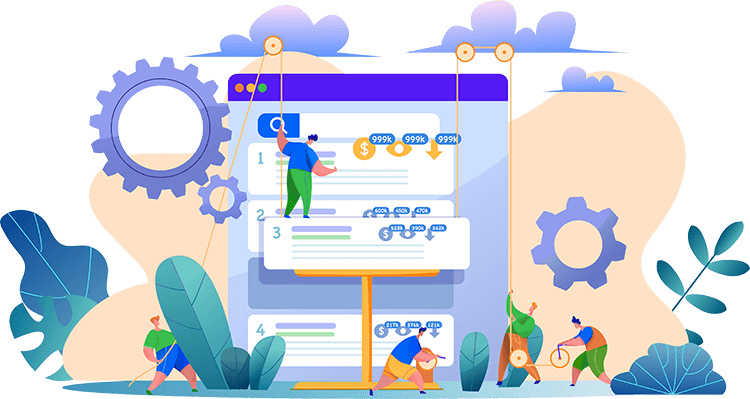In the fast-paced world of IT services, where innovation is constant and user expectations are ever-evolving, delivering exceptional user experiences (UX) through intuitive user interfaces (UI) is paramount. As IT service providers, our ability to understand, anticipate, and meet the needs of our clients hinges on the effectiveness of our UI/UX design. In this blog post, we'll delve into the critical role of UI/UX in shaping the delivery and perception of IT services, exploring key principles, best practices, and real-world examples.
Understanding User Interface & User Experience
UI and UX design are integral components of the digital experience, encompassing the visual aesthetics, functionality, and usability of software applications, websites, and digital platforms. In the realm of IT services, where complex solutions and technologies are deployed, UI/UX plays a central role in facilitating user interactions, streamlining workflows, and driving user engagement. By prioritizing UI/UX design, IT service providers can enhance client satisfaction, improve efficiency, and differentiate their offerings in a competitive market landscape.
Key Elements of UI/UX
- Intuitive Navigation: Clear and logical navigation paths that enable users to easily find information and perform tasks.
- Responsive Design: Ensuring compatibility and optimal viewing experience across various devices and screen sizes.
- Consistency: Maintaining uniformity in design elements, interactions, and branding throughout the user journey.
- Accessibility: Ensuring inclusivity by designing for users of all abilities, with considerations for visual, auditory, and motor impairments.
Best Practices for UI/UX Design
- User-Centric Approach: Prioritize user needs and preferences through research, personas, and user testing.
- Prototyping: Create interactive prototypes to visualize and iterate on UI/UX concepts before development.
- Usability Testing: Gather feedback from real users to identify pain points, validate design decisions, and iterate on improvements.
- Performance Optimization: Optimize loading times, responsiveness, and resource consumption to enhance user experience.
- Continuous Improvement: Monitor user feedback, analytics, and industry trends to iteratively refine UI/UX designs.
Tailoring UI/UX for Different IT Service Offerings
UI and UX design are integral components of the digital experience, encompassing the visual aesthetics, functionality, and usability of software applications, websites, and digital platforms. In the realm of IT services, where complex solutions and technologies are deployed, UI/UX plays a central role in facilitating user interactions, streamlining workflows, and driving user engagement. By prioritizing UI/UX design, IT service providers can enhance client satisfaction, improve efficiency, and differentiate their offerings in a competitive market landscape.
Effective UI/UX design is not just a competitive advantage but a fundamental requirement for success in the IT services industry. By prioritizing intuitive navigation, responsive design, consistency, and accessibility, companies can enhance user satisfaction, drive engagement, and differentiate their offerings in the market.
Ready to elevate your UI/UX game in IT services? Contact us today to learn how our expert team can help optimize your digital experiences for maximum impact and success.



